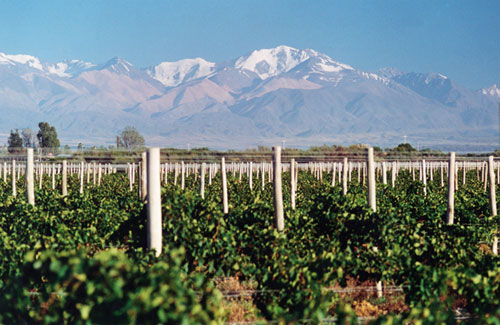A recent tasting of Paso Robles AVA Malbec confirmed why this beautiful grape has weathered many a storm over the centuries to become one of the world’s most beloved varieties. But first, a little history.
Despite being one of the big five noble red Bordeaux varieties, today, Malbec is associated most strongly with Argentina (perhaps in tandem with that country’s beef obsession). Malbec was introduced to Argentina in 1868 from Bordeaux cuttings, and the country’s warm, dry climate did much to improve upon Malbec’s tendency toward “bunch rot” and mildew.
Back in France during that same decade, the phylloxera epidemic wiped out most vineyards and Malbec was one of the hardest-hit varieties. This wouldn’t be the last time French Malbec saw a beating: a massive frost in 1956 wiped out more than 80% of Malbec plantings, after which most growers didn’t replant, favoring the other four Bordeaux red grape varieties. While Malbec still exists in small quantities in Bordeaux, the neighboring region of Cahors took up the mantle, where Malbec is typically full-bodied and age-worthy, with a dark, brooding character that offers black fruit and dark chocolate flavors. Other common tasting notes include aromas and flavors of cherry, plum, raisins, coffee, leather, raspberry and dried fruits. In Argentina, where Malbec is considered a national specialty, Malbec is often potent yet soft, with rich and smooth tannins. Ageing in oak also accentuates vanilla aromas and flavors.
PRCC Malbec Tasting
Move over, Argentina: Paso Robles is making spectacular, expressive, and beautifully brood-y Malbec of its own. Interestingly, our CAB Collective members cite Paso Robles’ cooler than usual conditions as the gateway to their extravagantly luscious Malbec.

Margarita Vineyard
“Malbec excels at our estate Margarita Vineyard, where it benefits from one of the coolest growing environments in the Paso Robles region.” So say AP’s tasting notes, which include aromas of wildberry, cedar, mocha and white pepper, while ours also include plum, cola, and tobacco. The cola notes extend into the palate, where flavors of dark, rich fruits are capped with high acids and a bright finish.
Throughout JUSTIN’s tasting notes on this beautiful Malbec, it’s clear that cool weather contributes to the wine’s best qualities. “Early August cooled and put the vintage back on track…” “…cool Paso evenings and nights helped balance ripeness, maturity, and acid levels…” In our tasting, abundant aromas of fresh juice, cola, black cherry and pine mingled with an elegant palate redolent with plum, blackberries, anise and herbs, wrapped in a soft tannic structure.
 “The 2011 vintage was characterized by an unusually long and cool growing season. While yields were low, fruit quality was very high.” Opolo’s 2011 Malbec is a study in balance, characterized most notably by feminine floral aromas, pipe tobacco and plums. Those same notes extend seamlessly onto the palate into a soft, lasting finish. This wine is a steal at $28.
“The 2011 vintage was characterized by an unusually long and cool growing season. While yields were low, fruit quality was very high.” Opolo’s 2011 Malbec is a study in balance, characterized most notably by feminine floral aromas, pipe tobacco and plums. Those same notes extend seamlessly onto the palate into a soft, lasting finish. This wine is a steal at $28.
Hunt Cellars 2009 Purple Haze Malbec
Hunt Cellars’ tasting notes run parallel to those of its fellow Malbecs, citing ” rich, sweet black plums, cherries, dried black currant, hints of cola and lush viscosity. This wine has gentle chewy tannins that wrap around layers of expressive fruit.”

